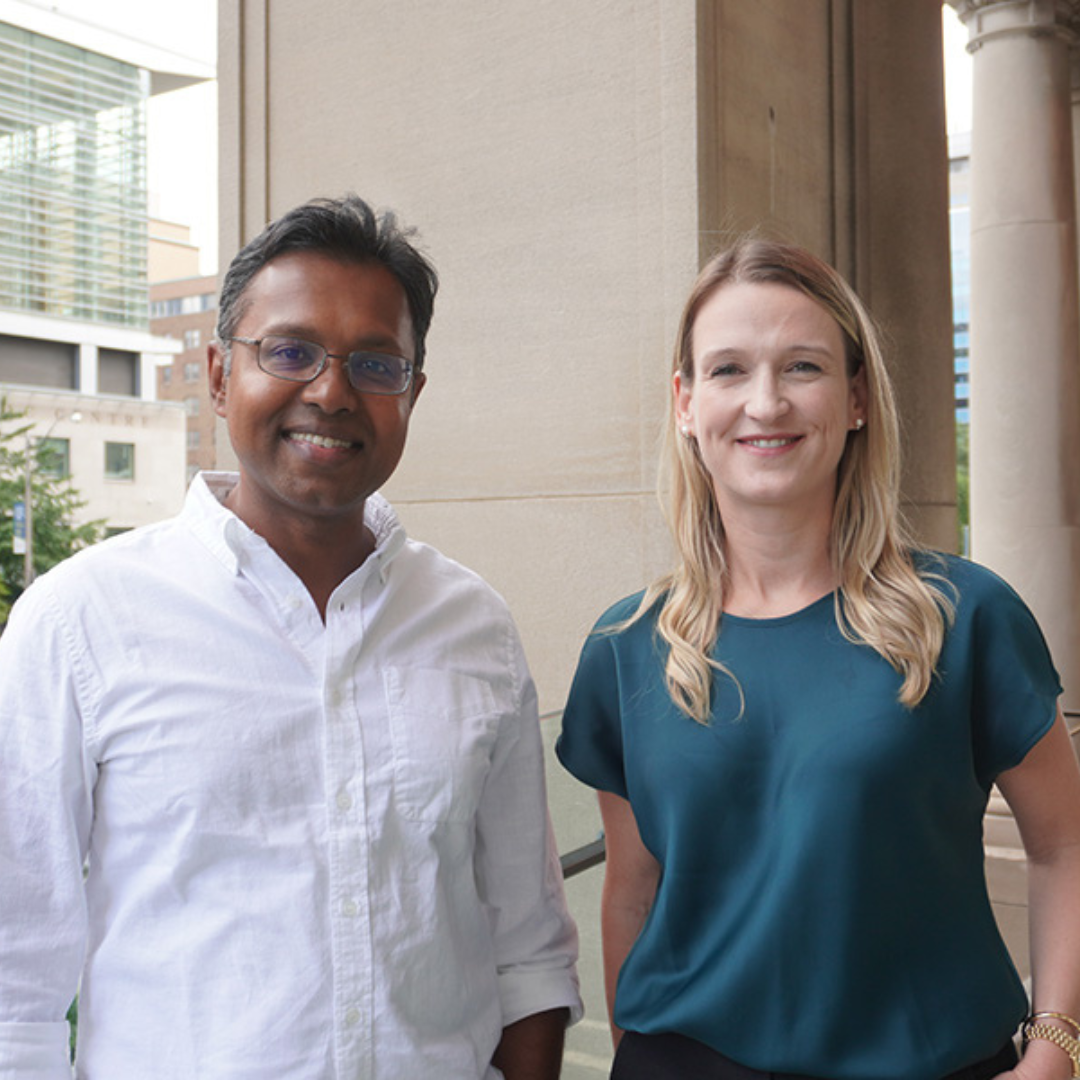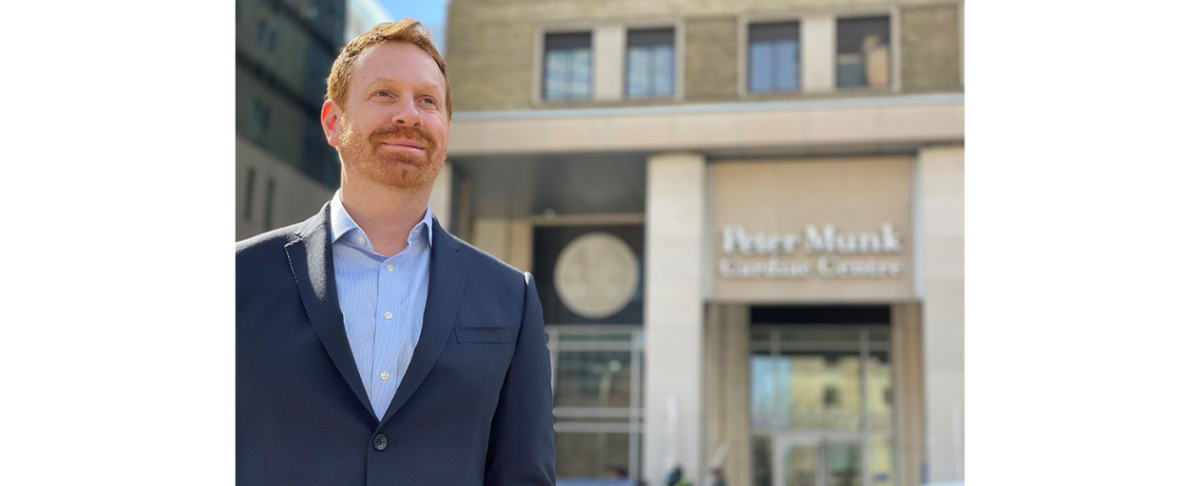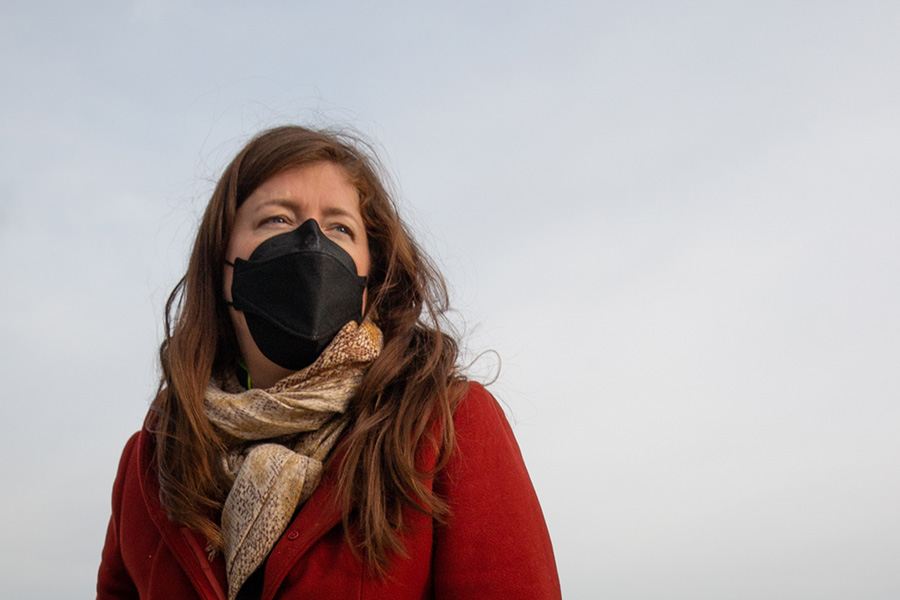
UHN Emergency physician Dr. Jennifer Hulme was diagnosed with COVID-19 in the spring of 2022. It was the beginning of a prolonged, painful and frustrating experience with long COVID, which persists to this day. Against the backdrop of last month’s fourth anniversary of the first confirmed case of COVID in North America, Dr. Hulme writes an essay for UHN News on her experience and observations over the past two years.
In April 2022, another COVID wave was sweeping Toronto. It was the sixth since the March 2020 declaration of a pandemic due to the spread of the coronavirus.
Restrictions and mask mandates in schools had been lifted after a decidedly unpopular delay in return to school during the previous COVID wave in January. Children under five had yet to have access to COVID vaccines and classrooms remained poorly ventilated in older schools.
At the time, I was working on the frontline of potential COVID exposure – in the UHN Emergency Department (ED) and at the COVID recovery site for people experiencing homelessness, where every single resident at the hotel was isolated with the disease.
But like many, I didn’t get COVID at work. I got it from my junior kindergarten-aged son after kissing him goodnight in between the stairway banisters.
My son and I dutifully isolated together upstairs, away from my husband, who was working long hours every day at the hospital caring for COVID patients. We had the usual flu-like symptoms of alternating fever, chills, congestion and severe fatigue; the only alarming symptom for me was migrating joint pain, which traveled around my body for several days before fading into the background.
It wasn’t long before I realized how lucky we were that my husband escaped infection, because soon he would have to do absolutely everything.
At the time, I remember feeling lucky to be fully vaccinated, and anticipated a full recovery. I returned to work on day 11 after testing positive for COVID, fatigued, but otherwise fine. I was training for a 10-kilometre run, and on day 16 tried to go for a jog. I couldn’t get down the street. I walked home.
“That’s odd.” I thought, believing it was just a premature return to sport. I worked two overnight shifts in the ED that weekend. By day 21, I was suddenly, terrifyingly, sick with something that felt altogether very new. That’s when my life changed forever.
After that, long COVID took over my life. My symptoms seemed endless.
I was mostly bed bound with relentless post exertional malaise, fatigue, cognitive impairment, memory loss, headaches, pulsatile tinnitus – which is a constant whooshing in the ear, and a disturbing sensitivity to sound called hyperacusis. I lost hearing in one ear and developed constant ringing in it.
I was breathless at rest. I couldn’t remember my address. I went off work and onto disability. I secretly dreamed of losing a limb – at least then someone could tell me what was wrong and try to help me. Instead, I looked pale but “fine” while barely being able to walk.
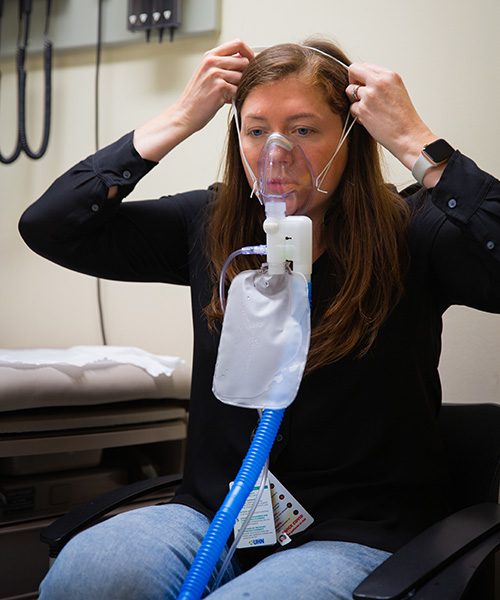
The symptoms encroached on every aspect of my identity – mother, active and social person, a physician, researcher. I embarked on a desperate quest for answers; submerged in a sea of Reddit anecdotes and scientific papers, I explored every hypothesis, and every medication and supplement on the market out of pure desperation.
Early on, I squeezed my way into the long COVID clinic at UHN, led by Dr. Angela Cheung. Just having some validation and a diagnosis was helpful. I learned that I had a combination of long COVID phenotypes, or groupings.
The first is the brutal cocktail of severe fatigue, brain fog and post-exertional malaise – which is the worsening of symptoms after physical, mental or emotional effort. This is known as myalgic encephalomyelitis, or the misnomer chronic fatigue syndrome, termed “ME/CFS” for short.
It’s a disruption in the energy metabolism at a cellular level that’s akin to a smartphone running out of battery much faster than the latest model. Staying within my “energy envelope” became the centre of my being.
The second phenotype is related to autonomic dysfunction, with increased heart rate, lightheadedness, dizziness when standing, shortness of breath, headaches, nausea and other gastrointestinal symptoms. The Canadian postural orthostatic tachycardia syndrome (POTS) guidelines are helpful, and trialing medications can be a game changer. I wish I had started ivabradine sooner.
The third phenotype is dominated by allergic-type symptoms, including rashes, headaches, worsening asthma, joint pain, or abdominal pain, nausea or diarrhea made worse with specific types of foods. This grouping is thought to be related to mast cell activation.
Observational data suggest that antihistamines can be helpful for most COVID long haulers, likely as they can modulate T-cells which are very abnormal in long COVID. Neurological symptoms and depression are also caused in part by brain inflammation and glial cell damage, particularly in the areas of the brain responsible for pleasure.
Microglia are the immune cells of the brain, and would be constantly activated by persistent COVID virus, driving neuroinflammation and brain fog. Antidepressant medication can help reduce neuroinflammation, and I know of some long haulers who got some relief with SSRIs.
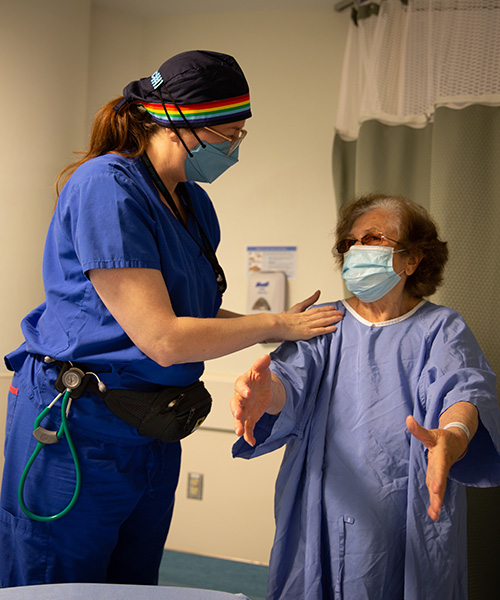
Slowly there emerged small victories. I felt very lucky to get access to hyperbaric oxygen therapy (HBOT). Because I suffered from sudden hearing loss, I qualified for HBOT funded by provincial health insurance.
Within five sessions, my hearing came back in my left ear, tinnitus and pulsatile tinnitus – extremely distressing symptoms – completely resolved. And there is early evidence that HBOT could help long haulers with fatigue, cognition and brain functioning.
I’ve also been lucky to participate in Dr. Cheung’s UHN-led Reclaim Trial, where I benefited from the medication offered.
After a long and difficult road, I’m now grateful to be able to work again and for the good hours and good days, which are more frequent.
Many people ask me what I want the public and physicians to know about long COVID. I think the first is that “the tests are not normal” – we are just not ordering the right tests. Every study of long haulers shows unbelievable pathology: immune dysregulation, mitochondrial dysfunction, neuroinflammation, brain damage, vascular damage, gut dysbiosis, poor perfusion of the brain, lungs and other organs. We just don’t have an easily accessible biomarker yet.
The second thing is that while there are no approved treatments for long COVID yet, there IS hope, and there are treatments that help! Antihistamines, antidepressants for neuroinflammation, aggressive treatment of autonomic dysfunction, or POTS, resting and pacing for post-exertional malaise – these things can help.
The third is that the best way to prevent long COVID is to avoid getting COVID. I use Can95 masks, nasal sprays and HEPA filters. And, if you do get COVID, have a plan to enroll in CanTreatCOVID to contribute to the science on long COVID secondary prevention.
And finally, we need a rapid acceleration of double-blinded, placebo-controlled, randomized clinical trials. Of the trials that are ongoing right now, only 12 of them are looking at pharmaceutical treatment of long COVID. This is in part because we don’t fully understand the root cause of post-viral illness – whether this is persistent virus, viral debris, reactivation of latent viruses, gut dysbiosis – and what is driving all of the downstream effects of end organ, vascular damage and microclotting.
Until then, I hope everyone with long COVID is seen, supported and heard.
Dr. Jennifer Hulme is an Emergency physician at UHN and a clinician investigator at the Toronto General Hospital Research Institute. She co-chairs the Health Equity Committee of the Global Health Emergency Medicine group, which brings together health professionals seeking solutions to improve outcomes for marginalized communities.

No one ever changed the world on their own but when the bright minds at UHN work together with donors we can redefine the world of health care together.

